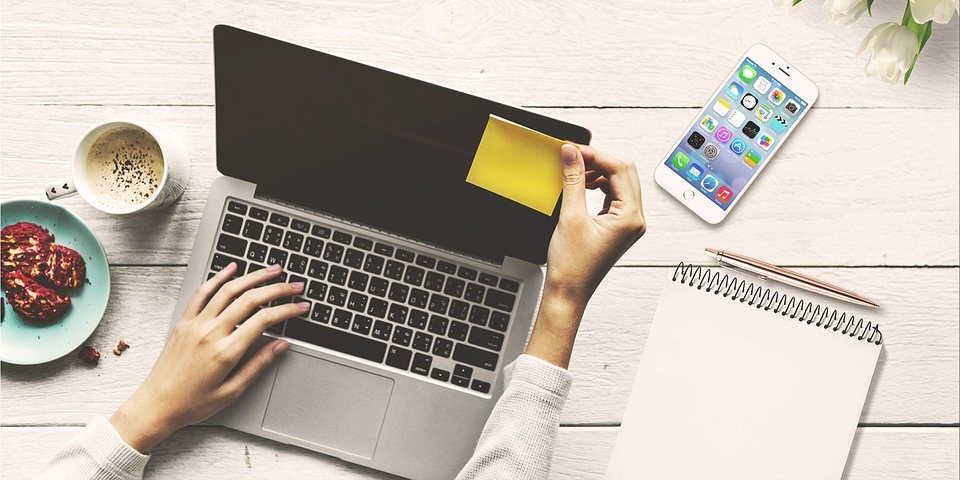Are you thinking of changing your laptop?
Before you set out to look for the newest of gadgets with the latest of specs, how about if you considered more economical options? Like, for instance, reconditioned or refurbished laptops?
Streetwise recommends that by investing in such devices, you can save anywhere from 20% to 60% on the price of a brand-new gadget. What’s more, you could get a device that has barely been used and is as good as new. The best positive of all? You save a practically new laptop from ending up in the recycling pile or as landfill somewhere.

Should you start to look around, you’ll learn that the refurbished laptop industry is worth more than $50-$60 billion. More and more users are now opting to purchase reconditioned or refurbished laptops that have been returned to the original manufacturers for various reasons. A large percentage of these laptops haven’t even been turned on. But, in compliance with the laws of the country, once the packaging has been opened, companies cannot market the product as new.
Reconditioned Vs Refurbished Laptops – What’s the Difference?
When looking for the perfect device, you’re likely to come across refurbished, reconditioned, and used laptops. And, no! They are not the same. Contrary to popular belief, there are significant differences between reconditioned and refurbished laptops.
1. Understanding Reconditioned and Refurbished Devices
Reconditioned laptops are typically used. For instance, a buyer may purchase a new device and find that it is defective or has missing parts. Or, large companies may lease the laptops in place of buying them for use by their employees in an attempt to save on costs. At the end of the lease, they may return the gadgets to the company. On receiving these devices, companies send them to their workshops where trained personnel examine the gadgets for worn, damaged, and missing parts. These experts replace the parts and test the products carefully for optimum functionality.
At times, the manufacturing companies may also choose to send the devices to certified firms that comply with the standards laid down by the original company for reconditioning.

On the other hand, most refurbished laptops find their way back to the manufacturer during the 30 days cash back return time frame. As explained earlier, these gadgets end up back on sale because of various reasons such as buyer’s remorse, damaged packaging but intact device, billing errors, canceled orders, or the buyer being unable to keep up with the payments. Often, gifted gadgets are also returned if the recipient doesn’t like or want them.
Like eBay reports, every year, big box retailers receive returned products worth more than $100 billion because of minor blemishes like scratches and dents that have no effect on the actual functioning of the device. Or, they may have minor functionality issues that can be easily fixed with a software upgrade or replaced part.
2. Reconditioned Laptops May Not Have the Latest Specifications
Since most reconditioned laptops have been used for a while, you may not be able to find a gadget with advanced specifications. Such devices are typically older versions and have seen some amount of wear and tear. However, with a little research, you may be able to find cheap refurbished laptops that are brand new with the latest of specifications but at marked down prices.
To be sure, all you need to do is look for the date when the particular model was first released by the company. If the release date is just a few months ago, you’ll know that you’re buying a fairly new device. This factor holds true for both reconditioned and refurbished devices.

Reconditioned or Refurbished Laptops Pros and Cons
When weighing your options between reconditioned or refurbished laptops, as a smart buyer, you should be aware of the fact that the product you’re buying is not new. And, it has been returned by the original owner because of some issue.
But, to ensure that you’re getting your money’s worth, you can take some prudent steps. Begin by researching the model you’re looking to buy carefully. Read the fine print on the paperwork included with the gadget that describes the repairing processes and the list of faults the gadget might have. You may also find the reason why the device was returned in the first place.
Like this feature on Gizmodo explains, there are several positives to buying a refurbished laptop over a reconditioned laptop. Like, for instance, the possibility of finding an unused gadget at a 30% discount. You can get further assurance by sourcing your devices from the original manufacturer or a Microsoft-certified refurbisher. Such products come with warranties ranging from 30 days to 3 months. Reputed companies like Apple may offer you a 1-year warranty on their refurbished products proving that the company stands besides its devices. At the time of purchasing the gadget, the seller may offer you an extended warranty for a small additional charge. In this way, you can get a guarantee for your laptop for an extra year or two after the purchase.
Choose Refurbished Laptops with Care
Search the websites of the companies like Dell, Lenovo, Apple, and Toshiba, and you may find that they offer refurbished laptops in different categories that give you a clear view of what you’re getting into. They may also specify whether the products are refurbished, reconditioned, and if the repairing has been undertaken in the company or has been outsourced. Of course, your purchasing decision can also depend on the purpose for which you’re buying the device. For instance, refurbished laptops for students are a smart option since they’re economical and likely to work well for a good long while.
When conducting your search for a good laptop, begin by looking at the refurbished range on manufacturer websites. You might just be able to find a great model that has the latest of specifications at significantly reduced prices. That’s possibly the best way to get good value for money.








